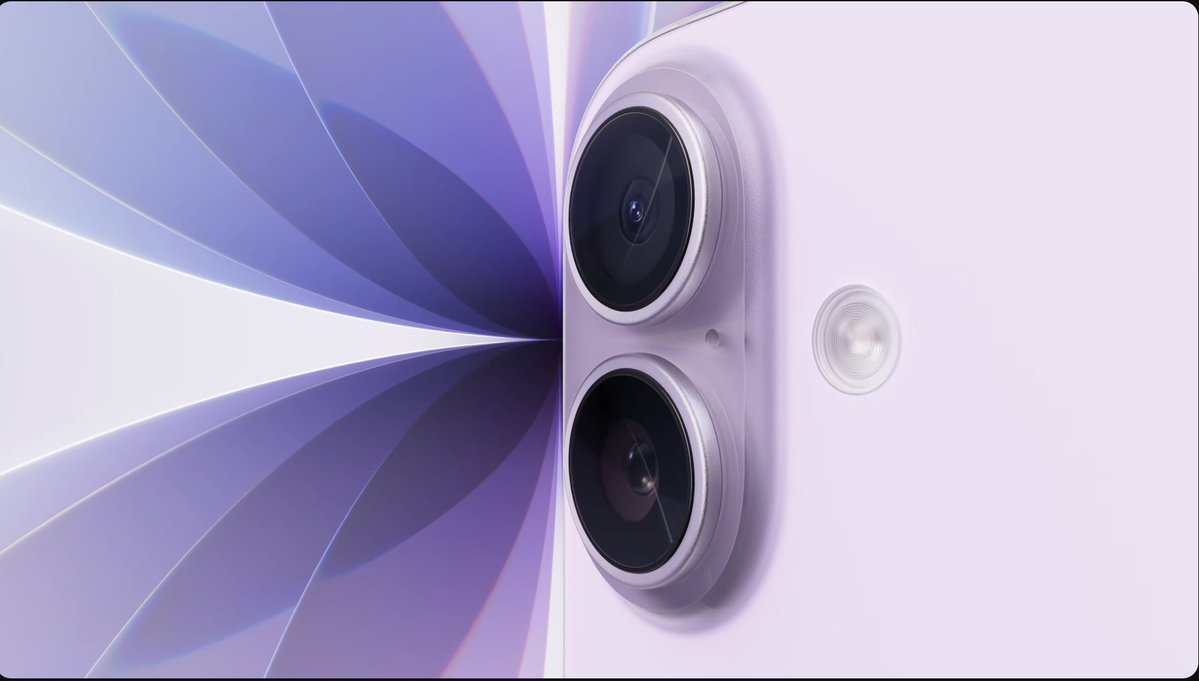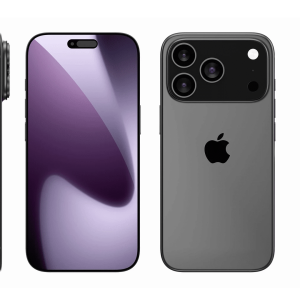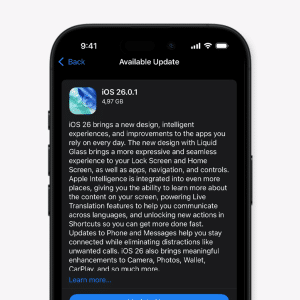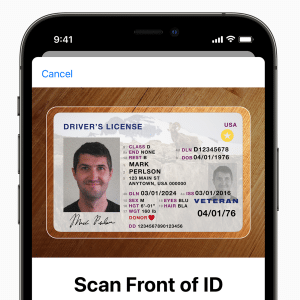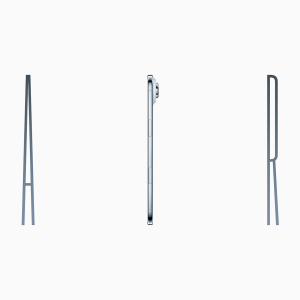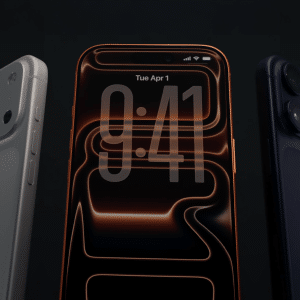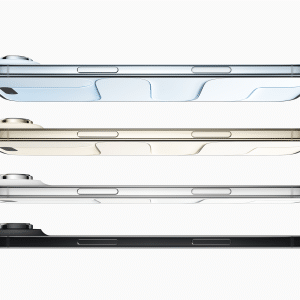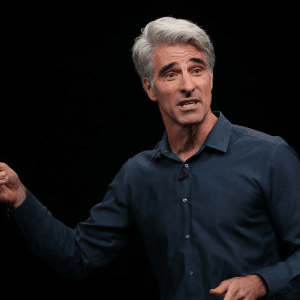Announced at the company’s “Awe Dropping” event, this smartphone ups the ante on display technology, processing power, and battery endurance, making advanced features accessible to a broader audience. The iPhone 17 arrives as a standalone option in a lineup that includes the iPhone 17 Air, iPhone 17 Pro, and iPhone 17 Pro Max, each designed to cater to different user needs while maintaining Apple’s signature integration of hardware and software.
Expanding the Canvas: A 6.3-Inch ProMotion Display
One of the most noticeable changes in the iPhone 17 is its display, which grows to 6.3 inches from the 6.1-inch screen of the iPhone 16. This size now matches that of the iPhone 16 Pro and the forthcoming iPhone 17 Pro, offering users more real estate for viewing content, multitasking, and immersive experiences. What sets this apart is the inclusion of ProMotion technology, previously reserved for Pro models. The 120Hz adaptive refresh rate ensures smoother scrolling, responsive animations, and fluid video playback, while the always-on display can drop to 1Hz to conserve power. Live activities and widgets stay visible on the lock screen, keeping essential information at a glance without constant interaction.
Protecting this upgraded screen is Ceramic Shield 2, which provides three times the scratch resistance of previous generations. Apple has also applied a new atomic-level bonded coating and a seven-layer antireflective layer, cutting down on glare and improving visibility in direct sunlight or harsh lighting. These enhancements make the iPhone 17 more practical for outdoor use, whether checking maps during a hike or editing photos in bright conditions.
Power Under the Hood: The A19 Chip and Beyond
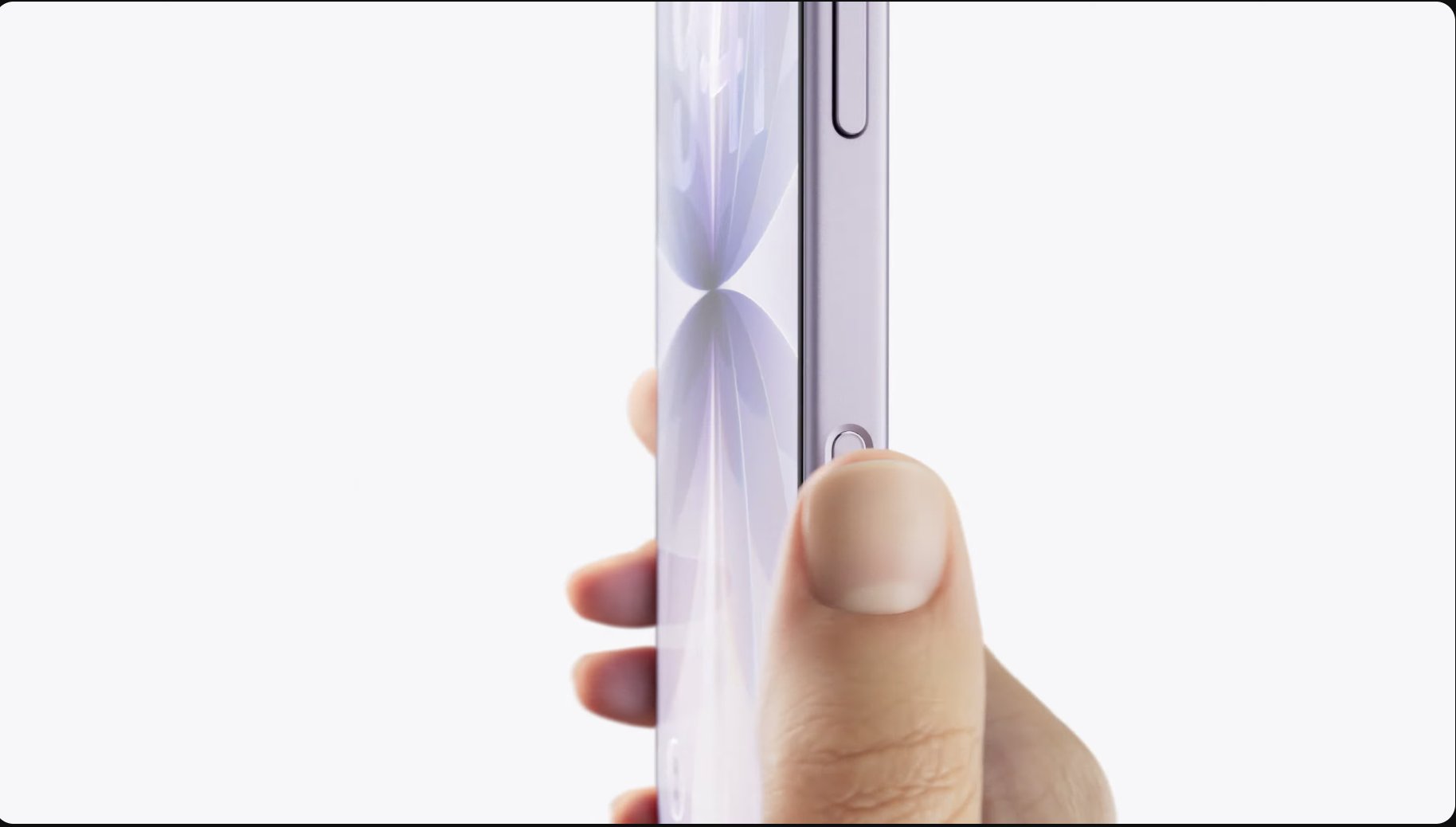
At the heart of the iPhone 17 lies the A19 chip, Apple’s latest custom silicon that promises substantial performance gains. This processor features a six-core CPU with two high-performance cores and four efficiency cores, alongside a five-core GPU. The design focuses on balancing speed for demanding tasks like gaming and video editing with energy savings for everyday operations. Early benchmarks suggest it handles machine learning workloads efficiently, supporting features in iOS 26 that enhance photo processing and augmented reality applications.
Complementing the chip is improved thermal management, though specifics for the base model remain focused on reliability rather than extreme cooling solutions found in Pro variants. The iPhone 17 also integrates Apple’s first custom Wi-Fi and Bluetooth chip, potentially leading to better connectivity and lower latency in crowded networks. For users upgrading from older models, this means faster app launches, seamless multitasking, and support for emerging technologies like Wi-Fi 7 across the lineup.
Endurance That Lasts: Battery Life Upgrades
Battery performance has long been a priority for smartphone users, and Apple claims the iPhone 17 delivers “all-day battery life” with notable improvements over its predecessor. It offers eight more hours of video playback compared to the iPhone 16, allowing for extended streaming sessions or navigation without frequent charging. A quick 10-minute charge via the included fast charger provides up to eight hours of playback, ideal for those on the go who need a rapid top-up.
These gains stem from optimizations in the A19 chip’s efficiency cores and software tweaks in iOS 26, which intelligently manage background processes. While the base iPhone 17 doesn’t match the larger capacities rumored for the Pro Max—such as a 5,000mAh battery—it prioritizes a slim profile without sacrificing usability. For power users, this means relying less on outlets during travel or workdays, aligning with Apple’s emphasis on sustainable, long-lasting devices.
Fresh Palette: Color Options and Design Touches
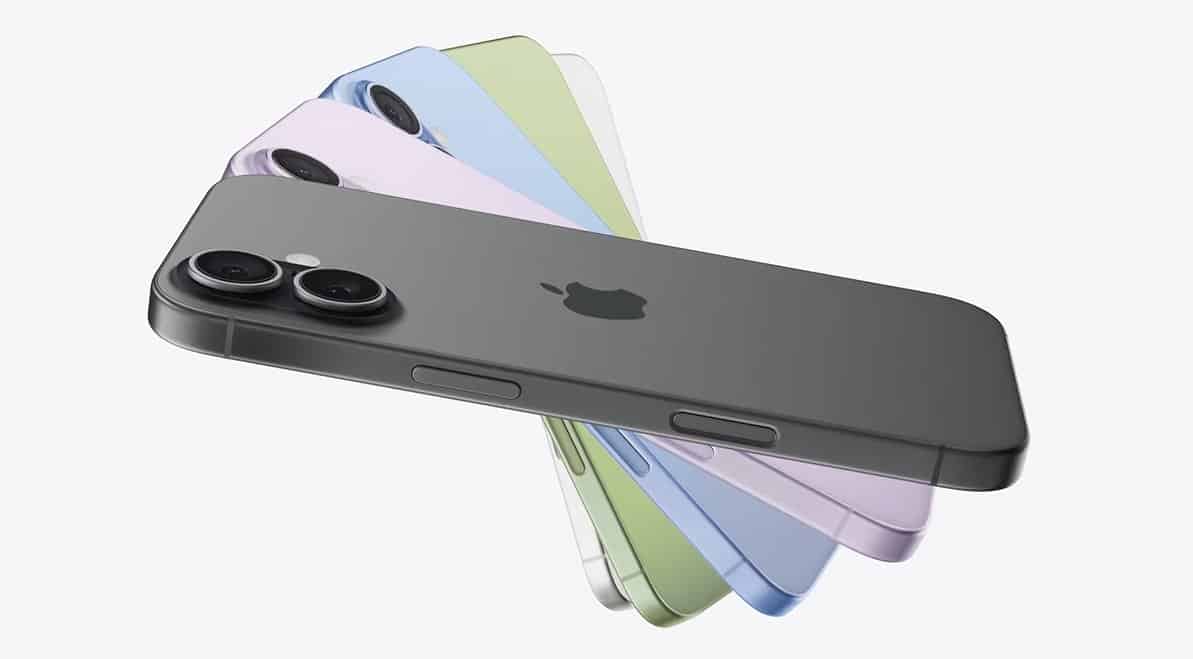
The iPhone 17 introduces five new colors to appeal to a wide range of tastes: Lavender, Mist Blue, Black, White, and Sage. These shades offer a modern, understated look, with Lavender and Mist Blue providing subtle pastels that stand out from the bolder hues of past models. The design retains the familiar aluminum frame and glass back but incorporates slimmer bezels for a more edge-to-edge feel. The front camera upgrades to 24 megapixels from the 12-megapixel sensor in the iPhone 16, enabling sharper selfies and better video calls in low light.
Overall, the iPhone 17 maintains a lightweight build suitable for one-handed use, despite the larger screen. Accessories like new TechWoven cases and a crossbody strap enhance customization, while the camera system—though not as advanced as the Pro’s triple 48-megapixel setup—includes a single rear lens optimized for everyday photography with improved computational features.
Availability and What Comes Next
Pre-orders for the iPhone 17 open on September 12, with devices hitting stores and deliveries starting September 19. Pricing begins around the same level as the iPhone 16, making these upgrades attainable for many. The full lineup, including the ultra-thin iPhone 17 Air with its 6.6-inch display and single-camera design, rounds out options for those seeking variety.
This release underscores Apple’s strategy to democratize premium features, ensuring the base model doesn’t feel like a compromise. As iOS 26 rolls out alongside, users can expect tighter integration with other Apple devices, from seamless handoffs to enhanced privacy controls.
